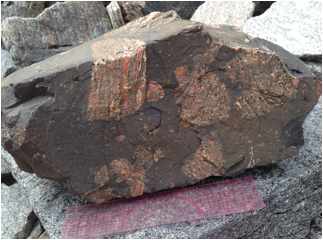Reports: UR854400-UR8: Influence of Anisotropy on Dynamic Rupture During Incipient Fault Zone Development
Joseph L. Allen, Concord University


Joseph L. Allen, Concord University


Reports in the ACS PRF Annual Report are published as submitted by the Principal Investigator.
Copyright © American Chemical Society